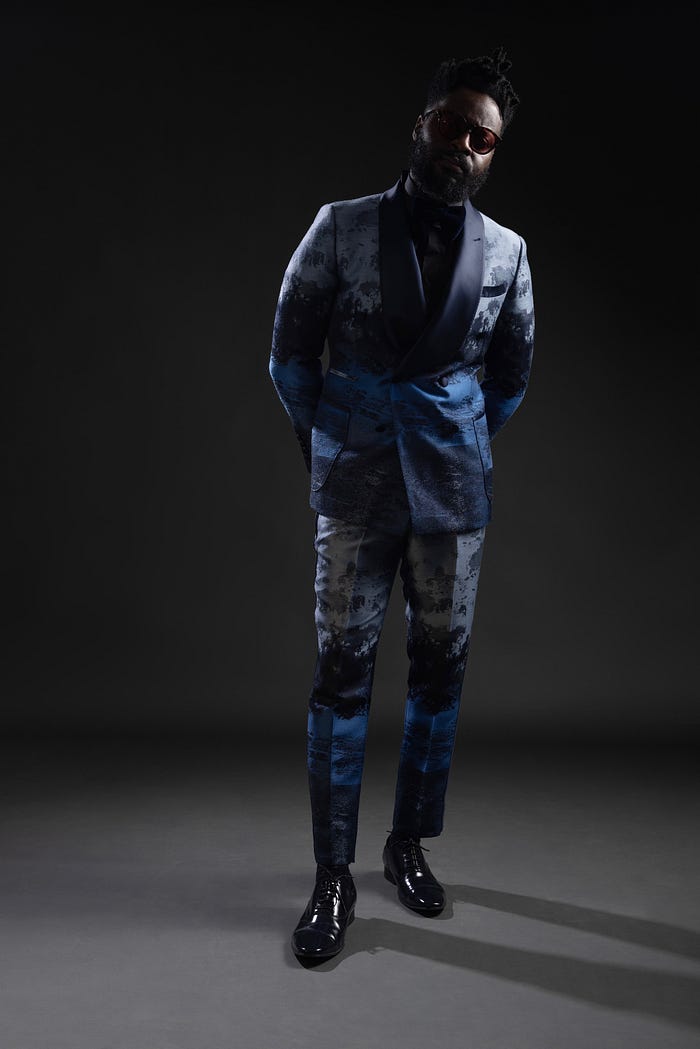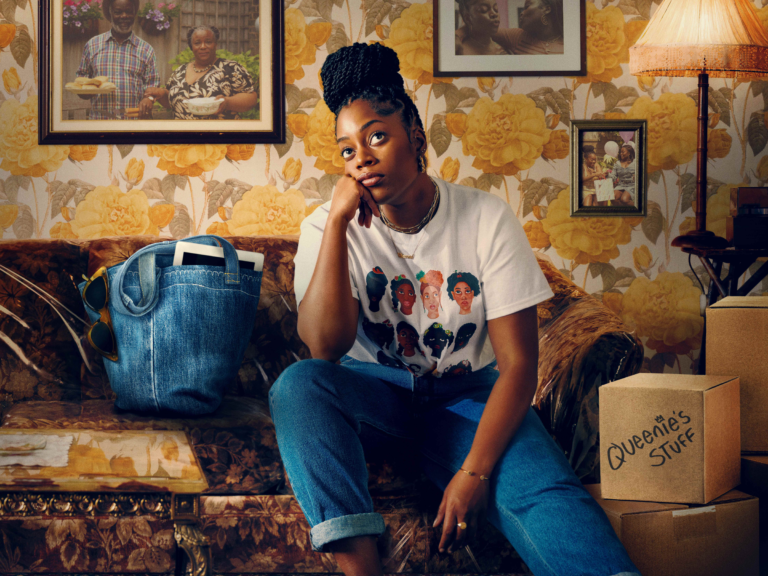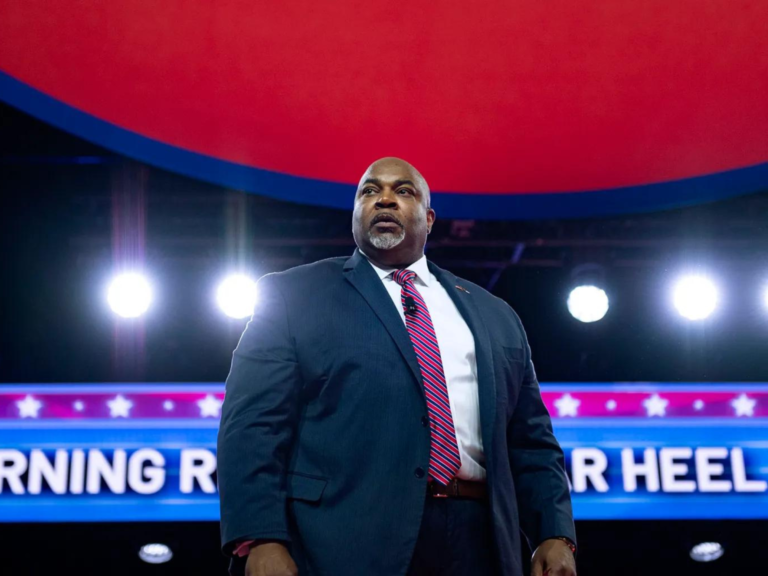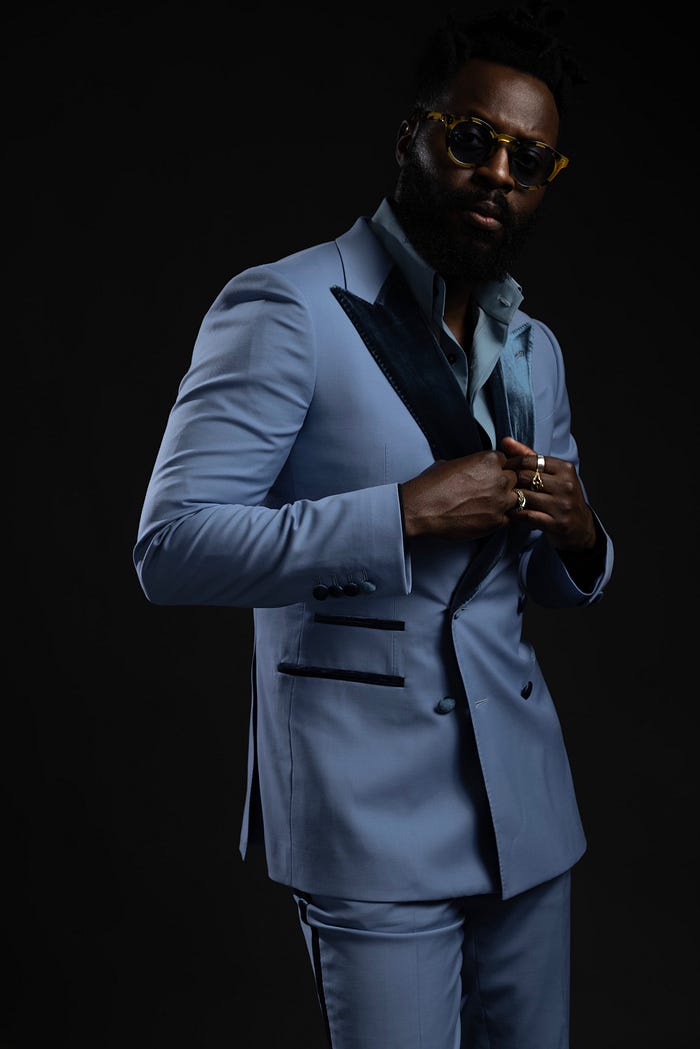
It’s a Wednesday afternoon in August. Children are clad in matching camp shirts marching single file down the sidewalks of downtown Brooklyn. Moms are juggling kids in one hand and Starbucks in the other — with construction workers parallel street vendors, and a man screaming the end of the block.
This is a typical New York summer story.
Tucked away on the often-quiet corner of Flatbush Avenue is the Beckemberg Alteration Shop. The space serves as a working studio, an alteration shop, and a boutique. There’s a constant flow of people coming in and out for alterations, phones ringing off the hook, and a potential shopper silently browsing the suits hanging from the walls. It all seems a tad chaotic, yet somehow, it works.
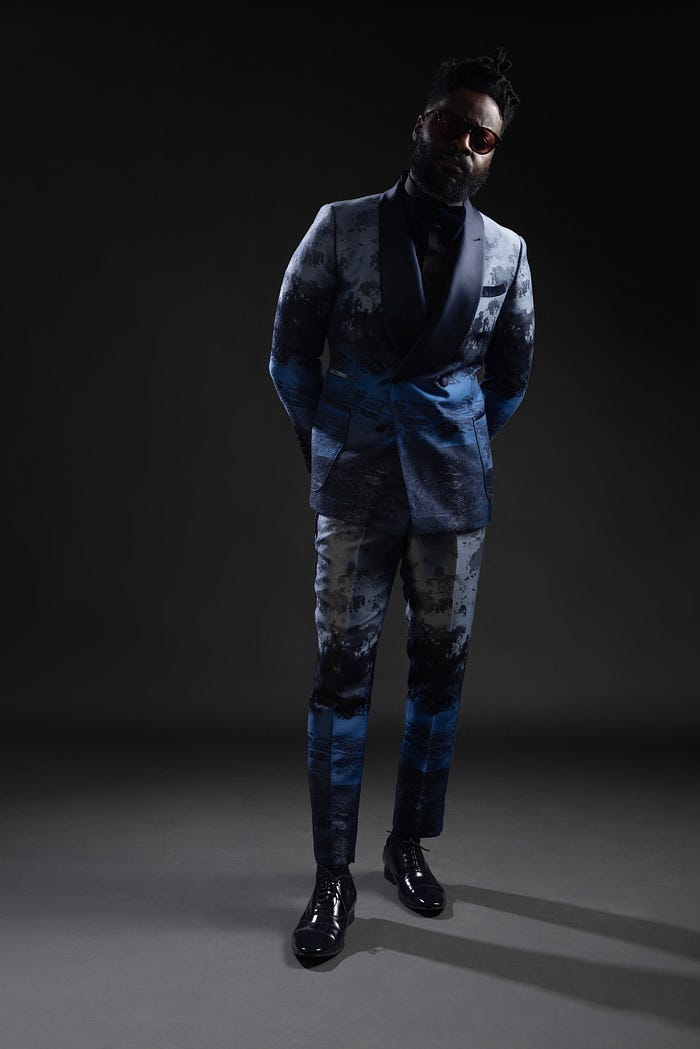
A stylish Dreu rushes in with a quiet yet commanding presence. He heads directly towards me, flashes a warm smile, and clears the fabric from his workspace before pulling out a chair. “You’ll sit in my chair,” he says.
The Beckemberg shop feels familiar. Seasoned voices resonate from the back, employees bop their heads to the 808 beats pouring from the speakers, and photographs of Black folks in their Sunday best line the walls. This space evokes a sense of home. Dreu explains that the feeling is intentional. “I was raised in a home with a strong sense of self,” he said. “Being myself was not just encouraged but required. So, naturally, my brand and my shop would reflect that.”
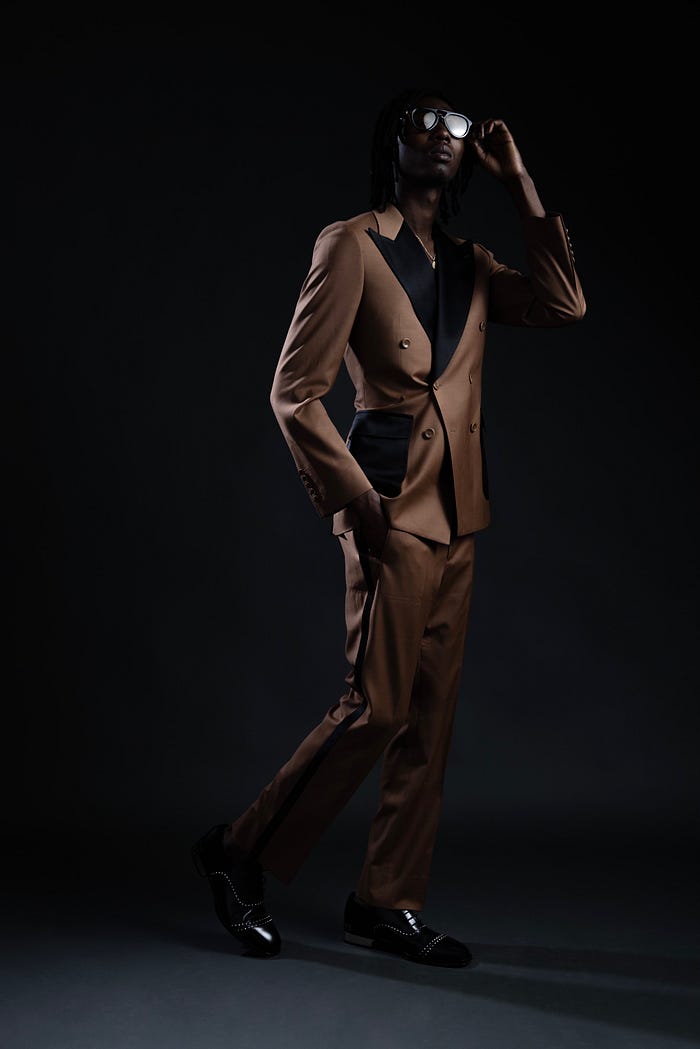
Dreu recalls his upbringing in Jamaica where he spent time with his aunt, a dressmaker, and his uncle, an architect. Both were non-conformists, always blending and mixing — searching until things felt just right. They passed that philosophy down to Dreu. “I don’t do baseline,” he says. “When I see something that’s considered the norm, I wonder how to disrupt it.
Sometimes disruption is color, sometimes disruption is texture and sometimes disruption is fit. “This very philosophy forms the bedrock of the Dreu Beckemberg brand.
Dreu chose to blaze his own trail.
Before entering the industry, Dreu was a sought-after barber known for his impeccable style. Soon, his clientele — which included athletes and people in the entertainment industry, began asking for style advice. However, transitioning from a barber to a designer meant he would always be considered an outsider.
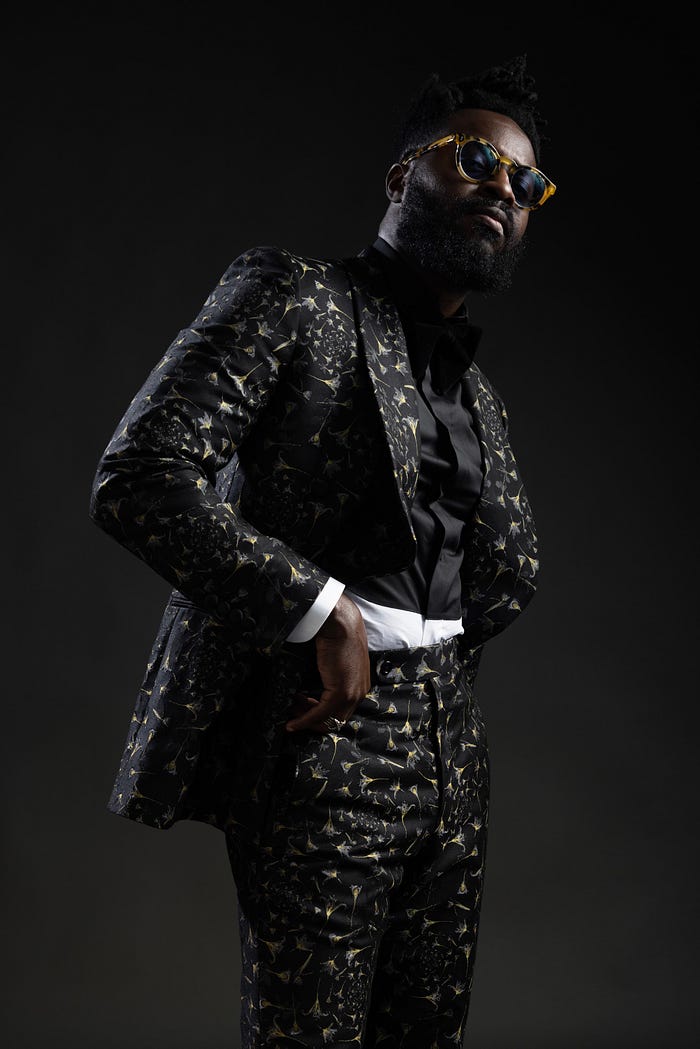
The notion that he did not belong is what fueled his determination. Dreu never attended school to learn how to sew, cut, or make a pattern.
When speaking to Dreu about success, he is happy with being a boutique brand. However, looking at the quality of his garments and his sixteen years in the industry, I wonder if he deserves more.
There’s an assumption that he might deserve more — especially, because his contemporaries have reached the success he’s pushed towards his entire career.
In 16 years, Ralph Lauren expanded to include a store in London and a home collection. Neither designer went to fashion school and they both are skilled craftsmen.
What is holding Dreu back?

In mainstream and Black culture, we predominantly associate luxury with whiteness. Even with changes in the industry, are we all ready to embrace that Blackness is luxury?
When I asked Dreu to define luxury he said “Luxury is less defined. There isn’t one brand or style that epitomizes luxury. Instead, there are people we associate with it.” He gives an example of hip-hop. “If you see Drake or Jay-Z wearing my brand today, you’d consider it luxury tomorrow. It’s really about the association and the mental aspect of who you think has the means to buy something that you aspire to have.”
Dreu makes a good point. Yes systems and structures exist, but a person’s perspective also plays a role. If a Black person subscribes to the notion that “all white people have money,” then luxury becomes synonymous with whiteness. We don’t need the mainstream to validate our worthiness and that same energy applies to Black designers.
The gates are slowly coming down. There is access to resources, funding, and visibility that wasn’t available to designers like Dreu sixteen years ago. While he acknowledges the changes, Dreu remains unfazed. “In this industry, you have to understand the vision of your brand. Because one day you are it and the next you’re not. I don’t chase the spotlight. I stay true to who I am and where it takes me — it takes me.”
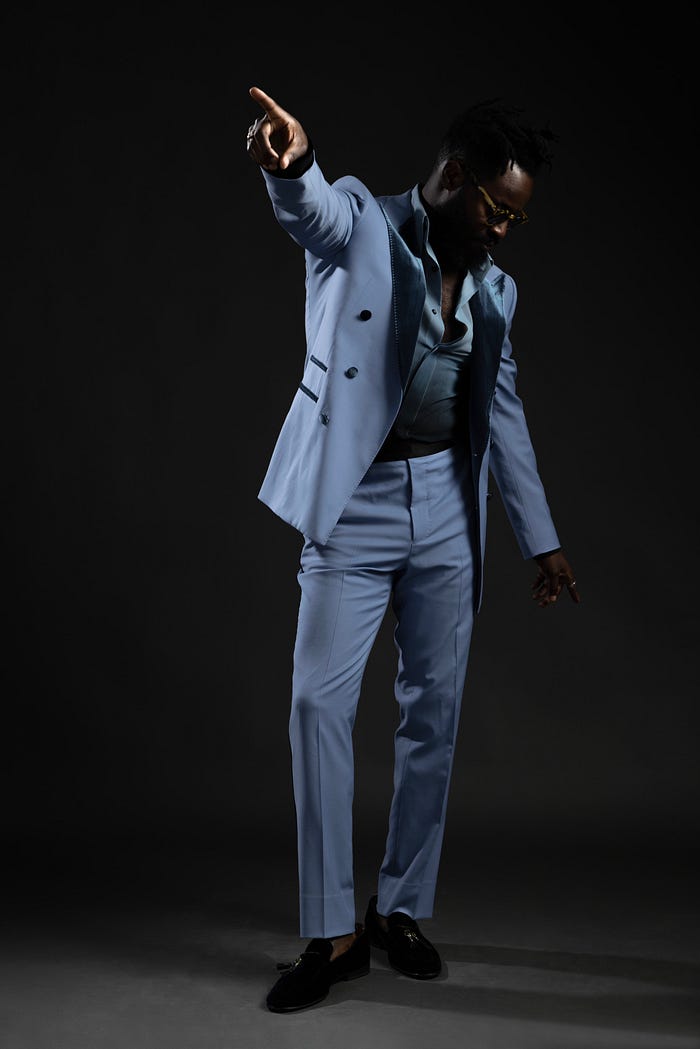
For some, Beckemberg’s vision was too much for men, especially those in the Black community. But his vision sustained him and almost two decades later, we’ve grown up as a culture. What was once associated with being weird is now celebrated as being your whole self. Beckemberg attributes part of that growth to hip-hop.
For many of us, hip-hop was the space we could call our own. It showed us we could take risks and be more expressive of our identities. Black luxury, much like hip-hop, is constantly evolving and doesn’t wait for the world to catch up.
Dreu’s Brooklyn Atelier was on his vision board 12 years ago. Exactly how he envisioned it, is how it exists today.

